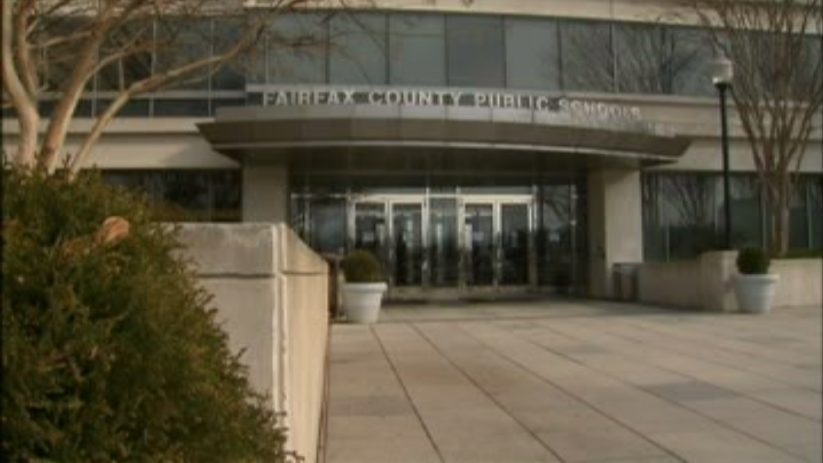The most toxic site in the Spring Valley neighborhood in Northwest D.C. is completely cleaned and safe to build on again decades after chemicals and munitions were found buried there, the U.S. Army Corps of Engineers announced Tuesday, but there are still years of work left to do.
The Army used the neighborhood to develop chemical weapons during World War I.
"During the war, there was no military research more urgent or secret than what took place in this corner of the District,” U.S. Army Corps of Engineers Col. Estee Pinchasin said.
About 1,500 chemists, scientists and soldiers worked at what was known as the American University Experiment Station to research chemical warfare in 1917 and 1918.
We're making it easier for you to find stories that matter with our new newsletter — The 4Front. Sign up here and get news that is important for you to your inbox.
When the war, ended many of those weapons and chemicals were buried in what is now one of the most expensive neighborhoods in D.C.
The munitions and chemicals were discovered in 1992. The biggest deposit was at 4825 Glenbrook Road.
“The team discovered seven different chemical agents, six other chemicals that had unique military applications,” Pinchasin said. “And Glenbrook Road was the only site in the United States where weaponized arsine was encountered in 75 mm projectiles.”
Local
Washington, D.C., Maryland and Virginia local news, events and information
The entire site covers more than 600 acres of Spring Valley.
“This one quarter acre property had the most significant contamination and the largest burial pits we discovered in Spring Valley,” said Brenda Barber, who has overseen the Glenbrook Road site for the U.S. Army Corps of Engineers for nine years.
The home that once stood there was taken down. Beneath it they found more than 2,000 pounds of laboratory debris, 53 glass containers still filled with chemical agents, 7,500 tons of contaminated soil and more than 550 munitions.
Now the property has been returned to its owner, American University.
“The site is clean for residential use,” Barber said.
“The neighborhood is safe,” she said. “All the efforts that we’ve undertaken here in the community are to ensure that residents can go about their daily activities.”
In a statement to News4, American University said it appreciates the completion of the project but would not say what it plans to do with the property.
"We have coordinated with the U.S. Army Corps of Engineers throughout this process and appreciate their completion of this project,” the statement said. “The health and safety of our AU community and our neighbors remains our top priority as this process moves to conclusion."
The Corps of Engineers expects the remaining work in the area to take about two to three more years. The remediation project has cost about $300 million so far.



